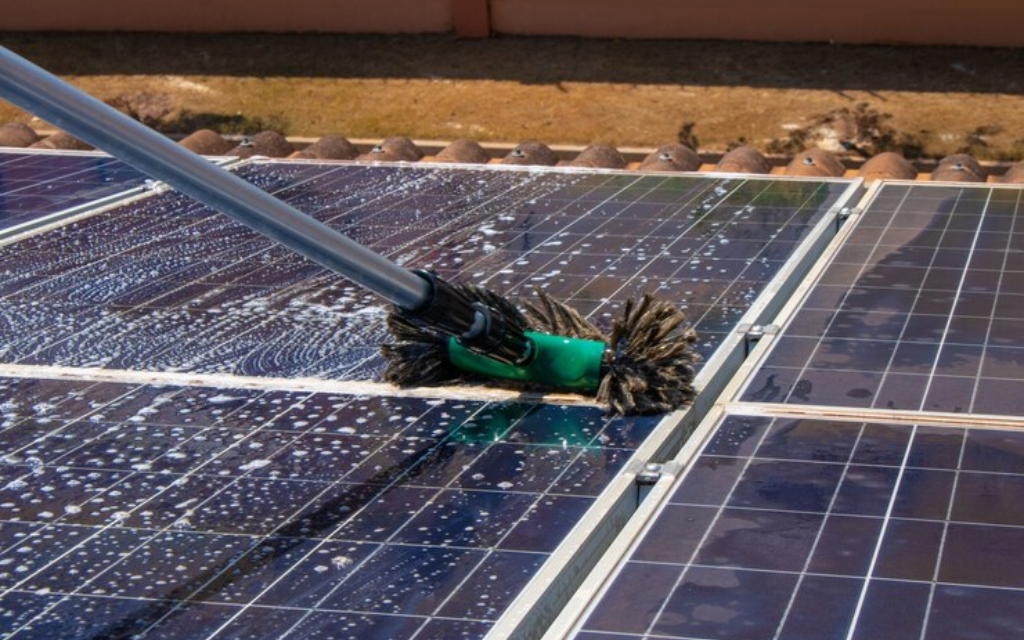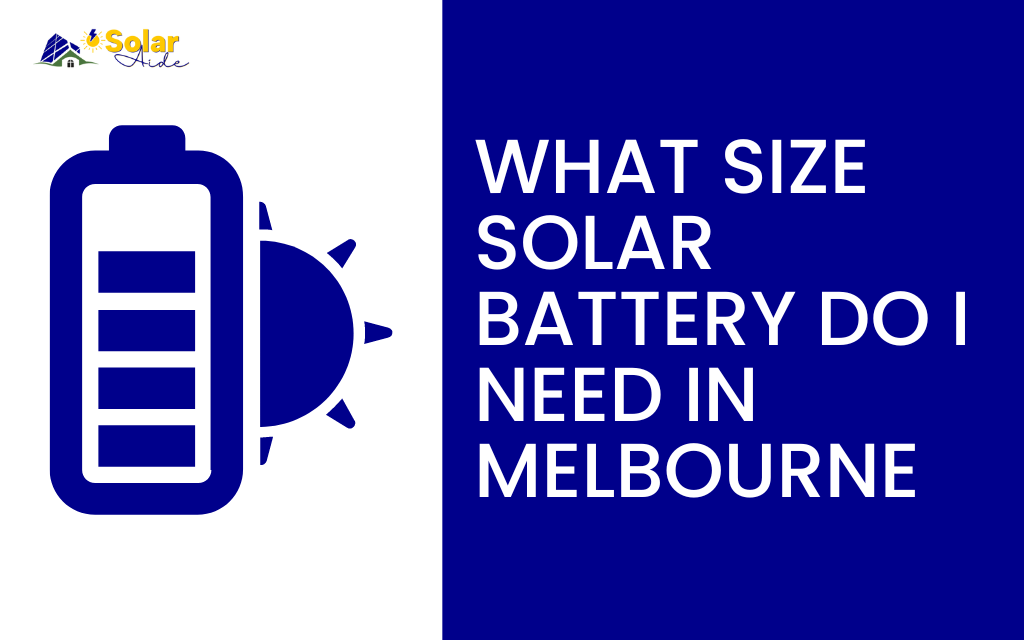Solar energy is booming in Australia, and Melbourne is no exception. More and more homeowners are harnessing the power of the sun to cut down on energy costs and reduce their carbon footprint. But with so many options on the market, how do you choose the best solar panels for your home?
In this blog post, we’ll guide you through the ins and outs of selecting the perfect solar panels. From understanding the local market and key criteria to comparing top brands and navigating government incentives, we’ve got you covered. Let’s get started.
Introduction to Solar Panels in Melbourne
Overview of the Solar Energy Market in Melbourne
Melbourne’s solar energy market has grown rapidly in recent years. With abundant sunshine and increasing energy prices, many homeowners are making the switch to solar power in Melbourne. The Victorian Government’s strong push for renewable energy has also played a significant role in driving this trend.
Importance of Choosing the Right Solar Panels
Choosing the right solar panels is crucial for maximizing your investment. The right panels can lead to significant savings on your energy bills and a smaller environmental footprint. But not all panels are created equal, so it’s essential to know what to look for.
Criteria for Choosing the Best Solar Panels
When selecting solar panels, consider the following criteria to ensure you’re making an informed decision.
Efficiency and Performance
Importance of Efficiency
Efficiency measures how well a solar panel in Melbourne converts sunlight into electricity. Higher efficiency panels generate more electricity from the same amount of sunlight, making them ideal for homes with limited roof space.
Top High-Efficiency Panels Available in Melbourne
Brands like SunPower and LG offer some of the most efficient panels on the market. These panels may come with a higher price tag, but the increased efficiency can lead to greater long-term savings.
Comparative Analysis of Efficiency Ratings
When comparing efficiency ratings, look for panels with ratings above 20%. These high-efficiency panels will provide the best performance, especially in Melbourne’s varied climate.
Durability and Lifespan
Panels That Perform Well in Melbourne’s Weather Conditions
Melbourne’s weather can be unpredictable, so it’s essential to choose panels that can withstand harsh conditions. Brands like REC and Canadian Solar have a reputation for durability, making them excellent choices for Melbourne homes.
Features That Enhance Durability
Look for panels with robust frames and high-quality glass to ensure they can withstand wind, hail, and other extreme weather conditions. Some panels also come with advanced coatings to protect against corrosion and wear.
Customer Reviews and Real-World Performance
Reading customer reviews can provide valuable insights into how well different panels perform in real-world conditions. Look for feedback from Melbourne residents to get a sense of how specific brands hold up over time.
Warranty and Customer Support
Importance of a Strong Warranty
A strong warranty is a good indicator of a panel’s quality and the manufacturer’s confidence in their product. Look for panels with warranties of at least 25 years for peace of mind.
Key Brands Offering Excellent Customer Support
Brands like LG and SunPower are known for their excellent customer support, providing assistance throughout the installation process and beyond. Having reliable customer support can make a significant difference in your overall experience.
Balancing Cost and Value for Money
While high-quality panels may come with a higher upfront cost, their long-term savings and durability often make them a better investment. Consider the total value, including performance, warranty, and customer support, when making your decision.
Monocrystalline vs. Polycrystalline vs. Thin-Film Panels
Differences Between the Types of Solar Panels
Solar panels come in three main types:
- Monocrystalline panels are made from single crystal structures, offering high efficiency and a sleek appearance.
- Polycrystalline panels are made from multiple silicon crystals, making them less efficient but more affordable.
- Thin-film panels are lightweight and flexible, but they generally offer lower efficiency.
Pros and Cons of Each Type
- Monocrystalline panels are efficient and durable but come at a higher cost.
- Polycrystalline panels are more budget-friendly but slightly less efficient.
- Thin-film panels are versatile and easy to install but may not provide the same energy output as crystalline options.
Best Applications for Each Type in Melbourne’s Climate
In Melbourne’s diverse climate, monocrystalline panels are often the best choice for their efficiency and durability. However, polycrystalline panels can be a cost-effective option for those on a budget, while thin-film panels might be suitable for unique installations where flexibility is required.
Cost-Effective Solar Panels
Balancing Cost and Quality
Finding a balance between cost and quality is key to choosing the best solar panels for your home. While it might be tempting to go for the cheapest option, investing in quality panels can lead to better performance and long-term savings.
Best Budget-Friendly Options
Brands like Canadian Solar and JA Solar offer budget-friendly options without compromising on quality. These panels provide good efficiency and durability at a more accessible price point.
Long-Term Savings and Return on Investment
While the initial cost of solar panels can be significant, the long-term savings on your energy bills and potential increases in property value make them a worthwhile investment. Calculate your return on investment by considering the panels’ efficiency, durability, and available incentives.
Installation and Maintenance Services
Importance of Professional Installation
Professional installation is crucial for ensuring your solar panels in Melbourne perform optimally. A skilled installer will position your panels for maximum sunlight exposure and ensure all components are correctly connected.
Recommended Installers and Service Providers in Melbourne
Look for installers with good reputations and plenty of experience in the Melbourne area. Companies like SolarGain and Green Home Green Planet are well-regarded for their expertise and customer service.
Maintenance Tips to Ensure Longevity and Performance
Regular maintenance is essential for keeping your solar panels in top condition. Clean the panels periodically to remove dirt and debris, and schedule annual inspections to check for any issues that may affect performance.
Incentives and Rebates for Solar Panels in Melbourne
Overview of Available Government Incentives and Rebates
The Victorian Government offers several incentives to help offset the cost of solar panel installations. These include rebates and interest-free loans for eligible homeowners.
How to Apply for These Incentives
To apply for these incentives, you’ll need to provide proof of your solar panel purchase and installation. Visit the Victorian Government’s Solar Victoria website for detailed instructions and eligibility requirements.
Impact on the Overall Cost of Solar Panel Installation
Government incentives can significantly reduce the upfront cost of installing solar panels, making it more affordable for homeowners to make the switch to renewable energy. Be sure to explore all available options to maximize your savings.
Customer Reviews and Testimonials
Real-Life Experiences of Melbourne Residents
Hearing from other Melbourne homeowners who have installed solar panels can provide valuable insights. Many residents report significant savings on their energy bills and a positive impact on their home’s value.
Pros and Cons Based on User Feedback
User feedback can highlight both the strengths and weaknesses of different solar panel brands and models. Pay attention to reviews that mention specific performance issues or outstanding customer service.
Recommendations from Satisfied Customers
Satisfied customers often recommend brands like SunPower and LG for their high efficiency and reliability. Reading these testimonials can help you feel more confident in your decision.
Conclusion
Summary of the Best Solar Panels in Melbourne
Choosing the best solar panels for your Melbourne home involves considering various factors, including efficiency, durability, and cost. Brands like SunPower, LG, and Canadian Solar consistently receive high marks for their performance and reliability.
Final Recommendations Based on Different Needs and Budgets
For those seeking top efficiency and durability, SunPower and LG are excellent choices. If you’re on a budget, Canadian Solar offers great value without compromising quality. And for unique installations, thin-film panels might be the way to go.
Encouragement to Invest in Solar Energy for Long-Term Benefits
Investing in solar panels is a smart move for Melbourne homeowners. Not only will you save on energy costs, but you’ll also contribute to a more sustainable future. Ready to make the switch? Explore your options and take advantage of available incentives today.
Next Steps
If you’re considering a solar panel installation, it’s time to take the next step. Contact us at Solaraide, explore available incentives, and start enjoying the benefits of renewable energy. Your future self—and the planet—will thank you.













